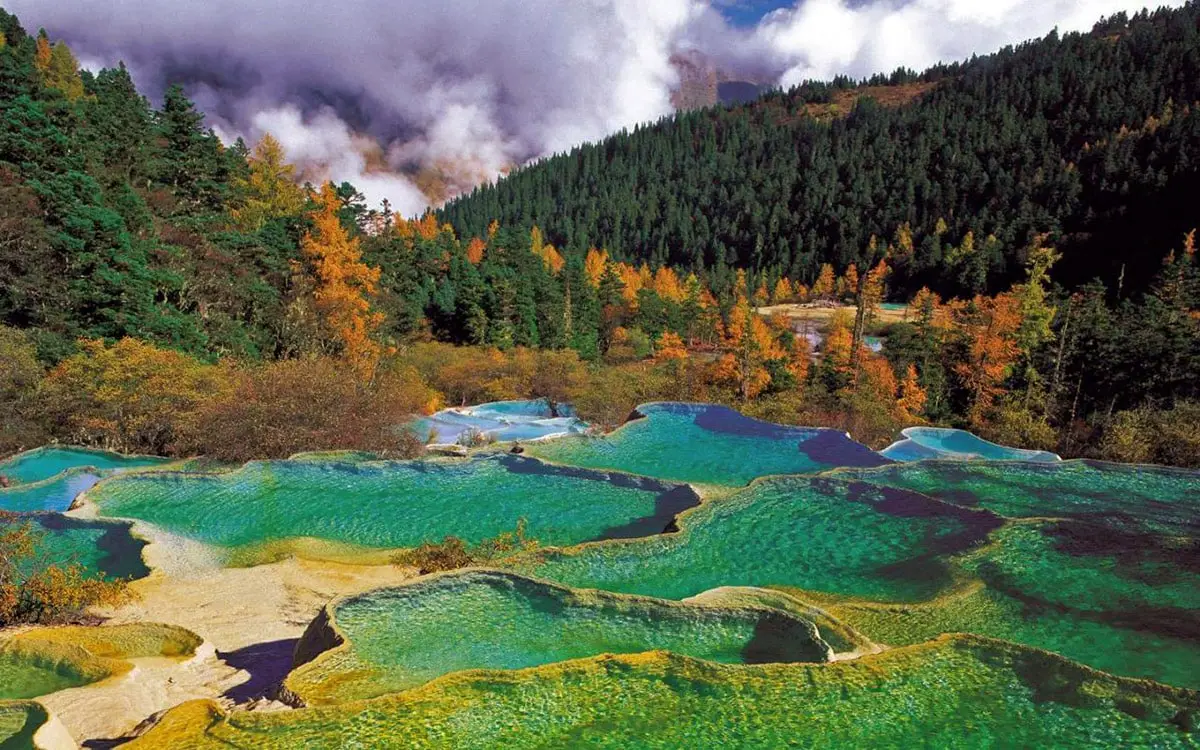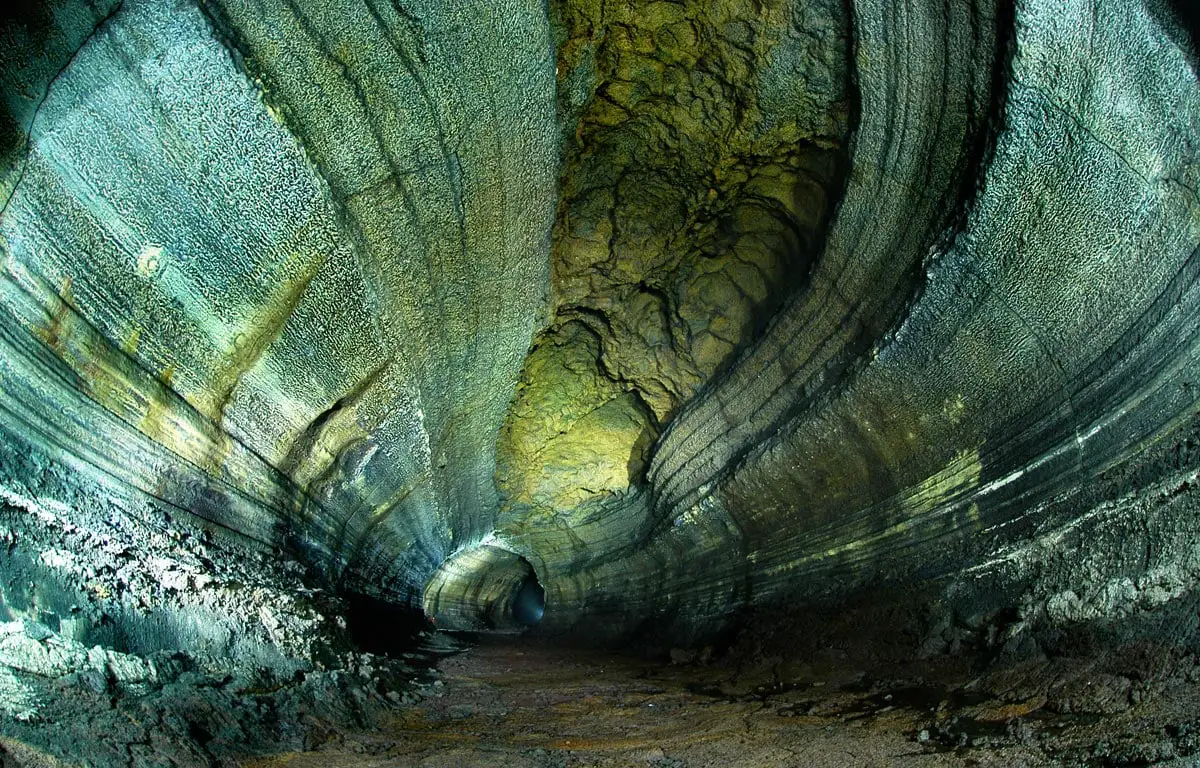World 🢖 Asia 🢖 China 🢖 Chongqing Municipality
Caves 🢔 Geological wonders 🢔 Categories of wonders
Wonder
San Wang Dong Cave
 In short
In short
One of the major caves in Wulong Karst area is San Wang Dong – fabulous 67 825 m long cave, which one day could be connected to the nearby Er Wang Dong cave (42 139 km), thus getting into the list of top 20 longest caves in the world.
 50.5%
50.5%
GPS coordinates
Location, address
Length
Depth
UNESCO World Heritage status
Map of the site
If you see this after your page is loaded completely, leafletJS files are missing.
 In detail
In detail
Wulong karst
The thick layer of Lower Ordovician limestone near Wulong is crisscrossed by cave labyrinths. This limestone in some areas is covered with Paleozoic sandstone, helping to preserve it from erosion.
Some of the largest sinkholes in the world – such as the exotic Qingkou tiankeng – are located here and some of the most impressive caves in the world connect these giant sinkholes. San Wang Dong is the longest known of these caves.
Giant cave
San Wang Dong is known for decades but intense exploration of the cave started just some decades ago. This exploration is organized by the international Hong Meigui Cave Exploration Society.
Cave has many passages formed by powerful streams.
Closer to its southern end cave crosses Shiwangdong tiankeng – up to 252 m deep sinkhole. It runs close to Taipingmiao and Daluodang tiankengs as well – most likely it is connected to these sinkholes but these passages still need to be found.
San Wang Dong cave runs very close to another giant cave – Er Wang Dong. San Wang Dong, in general, is located lower than the other cave – but it is possible that both caves are linked.
San Wang Dong is characterized by very impressive cave rooms and passages that are almost intact. Some of the most interesting ones are:
- Cloud Ladder House – currently seventh largest cave room in the world. The area of this cave room is 51,158 m² – as large as eight football fields. The ceiling is more than 250 m high and the volume is approximately 5.8 million m³. Mist rises from the stream and forms clouds that are trapped near the ceiling of the cave room.
- Crusty Duvets – 1.86 km long, spacious passage with giant stalagmites and countless gypsum crystals.
- The Sea of Tranquility – enormous passage where nitrates were mined in the past.
- Where The Wind Blows – a narrow passage where the wind whistles through, carrying sand particles and dust.
- Xinu Attix – amazing vertical pit.
References
- Hong Meigui website. Accessed on October 11, 2013.
- Waltham Tony. The 2005 Tiankeng Investigation Project in China. Speleogenesis.Info.
- Marc Schwarz. Photos: exploring giant caves in China. Red Bull Adventure, 6 August 2013. Accessed on October 10, 2013.
 Linked articles
Linked articles

Wonders of China
China has got it all – more than one billion people, a large area, a great and very long history, very distinct and at the same time – very diverse cultures, great and varied nature.

Caves
Every year there are reported exciting discoveries of new caves and discoveries of new qualities such as cave paintings in the ones known before. But there still is a feeling that our knowledge covers just a small part of all these monuments of nature.
Though, those which are known to us, offer a surprising diversity of unusual features and impressive sights.

Wonders of Asia
Any other continent (and part of the world) seems small if compared to Asia. This refers also to natural and man-made heritage: in Asia are not just thousands of great landmarks, there are found landmarks created by thousands of diverse cultures from ancient Phoenicians to the mysterious small people in the Philippines and eastern islands of Indonesia.
 Recommended books
Recommended books
Karst in China: Its Geomorphology and Environment
This is the first study of the karst areas of China to be carried out by a Western geomorphologist, and almost all the sources are from Chinese works, as yet unpublished in the West. Karst areas are sensitive to environmental influences and Chinese attempts to deal with these are discussed here, as are Chinese methods of studying karst since they differ somewhat from those in the West.

